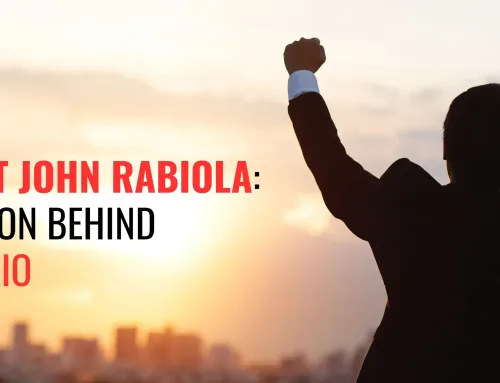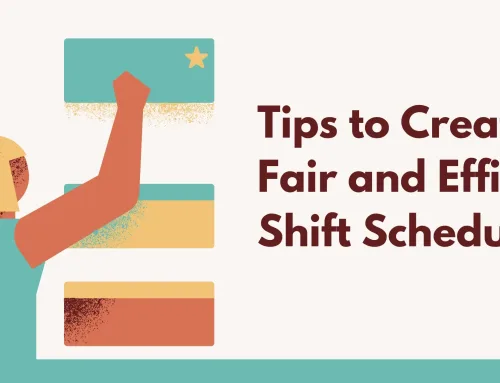Ethereum was founded by Vitalik Buterin and Gavin Wood in 2015 and now accounts for more than 17% of the $1.5 billion crypto market.
People frequently mistake it for cryptocurrency, but it is far more than that. It is a decentralized, open-source blockchain network that supports smart contract scripting. Ether is its native cryptocurrency.
Ether supports the Ethereum blockchain by paying miners for their computational efforts. Its market value as of May 2022 was at $246 billion, coming in second to Bitcoin’s approximately $571 billion.
Ethereum has created a thriving digital economy and innovative ways for investors to make money online. Anyone can access it anywhere in the world; all they need is an internet connection.
If you’re considering investing in Ethereum or merely increasing your knowledge about this form of crypto, here are things that you might want to familiarize yourself with:
1. Trading the ETH and GBP pair
ETH is still volatile. Ether’s average daily volatility is substantially higher than fiat currencies such as the GBP. GBP is one of the world’s most important traditional currencies, ranking fourth in trade after the US Dollar, Euro, and Japanese Yen. It indicates that when trading mixed cryptocurrency-fiat pairs, like ETH/GBP, the cost orientation of half of the pair determines the majority of returns and losses.
The power of the UK economy and the Bank of England’s monetary policy impacts the relative value of the GBP against other monetary systems. It is a component of the intricate matrix between nations’ economies and monetary policies, with financial market participants judging relative strength.
The dollar is the fiat money against which cryptocurrencies such as Ether are priced as a ground exchange rate. As a result, 50 percent of the ETH/GBP pairing is shaped by the GBP/USD pair as well. However, with GBP to USD daily fluctuation averaging 0.6 percent, which is roughly ten times lower than ETH/USD volatility, Ether’s price direction dominates the ETH/GBP pairing.
2. Cashing out Ethereum
Is it possible to get your Ethereum cashed out? Well, the answer is yes!
The most common method to withdraw Ethereum is through a cryptocurrency exchange. It allows you to swap one currency for another. When you cash out Ethereum, you transfer your crypto for fiat currency. The value of your Ether tokens is determined by how much money you can exchange them for.
You can cash out Ethereum if you know how and where to transform Ether into fiat money. You will be able to withdraw the resources to your bank. If you obtained your coins from a different source, you must first convert your ETH to the cryptocurrency exchanges. Then, on your preferred exchange platform, you’ll sell your ETH for a preferred currency, such as EUR or USD.
Ether can also be bartered just like any other cryptocurrency. You must withdraw your funds from the cryptocurrencies to your local savings account via deposit wire transfer. The procedure could take several business days. But in the end, you can get your money in hand.
3. Smart contracts
Smart contracts are an Ethereum account type. It means they have monetary value and can be used to make transactions across the network. However, a user doesn’t control it. Instead, smart contacts are installed into the system and run according to a schedule. Online accounts can then interfere with a shared ledger by uploading purchases that execute a smart contract-defined function.
Smart contracts, like regular contracts, can define rules and instantaneously enforce them through code. They are inherently irreversible and cannot be removed from the system by default.
A simple analogy is that of a vending machine that fulfills your requirements and dispenses your desired product when you pay. It will not give you your product if you do not select a commodity or insert enough money. So read up on reports, transaction data, and the Ethereum virtual machine before diving into smart contracts.
4. Dapps and solidity
Dapps (Decentralized applications) are built on the Ethereum blockchain’s open-source network that utilizes smart contracts and front-end user interfaces to generate decentralized platforms. Creating a Dapp, like any other app, requires programming and running script. The preferred language for Ethereum is solidity programming.
Solidity programming is used to develop innovative contracts on the blockchain system that implement logic and start generating a sequence of transaction records.
It is a statically-typed, curly-braces programming language created for creating Ethereum smart contracts. Solidity is a recent language and is advancing at an alarming rate. You can contribute to shaping Solidity by contributing ideas and participating in dialect design.
5. Proof-of-work
Proof-of-work is the method that allows the decentralized Ethereum network to reach a consensus on issues such as account balances and transaction orders. It prevents users from spending their coins and makes the Ethereum chain incredibly challenging to attack or manipulate. It also determines the complexity and regulations for miners.
Mining is the addition of boundaries set to the chain. It is significant because the length of the chain assists the network in adhering to the correct Ethereum chain and understanding Ethereum’s current state. Mining aims to lengthen the chain, and because it has experienced the most computational work, the longest chain is the most credible.
Conclusion
Cryptocurrency is known to be a high-risk, high-reward investment. Since the first big boom, various new cryptocurrencies have gained prominence in the market. The Ethereum blockchain is second to Bitcoin in terms of value and thus a lucrative opportunity for people looking to make serious bucks. Before investing your savings, familiarize yourself with this cryptocurrency to maximize your gains.










